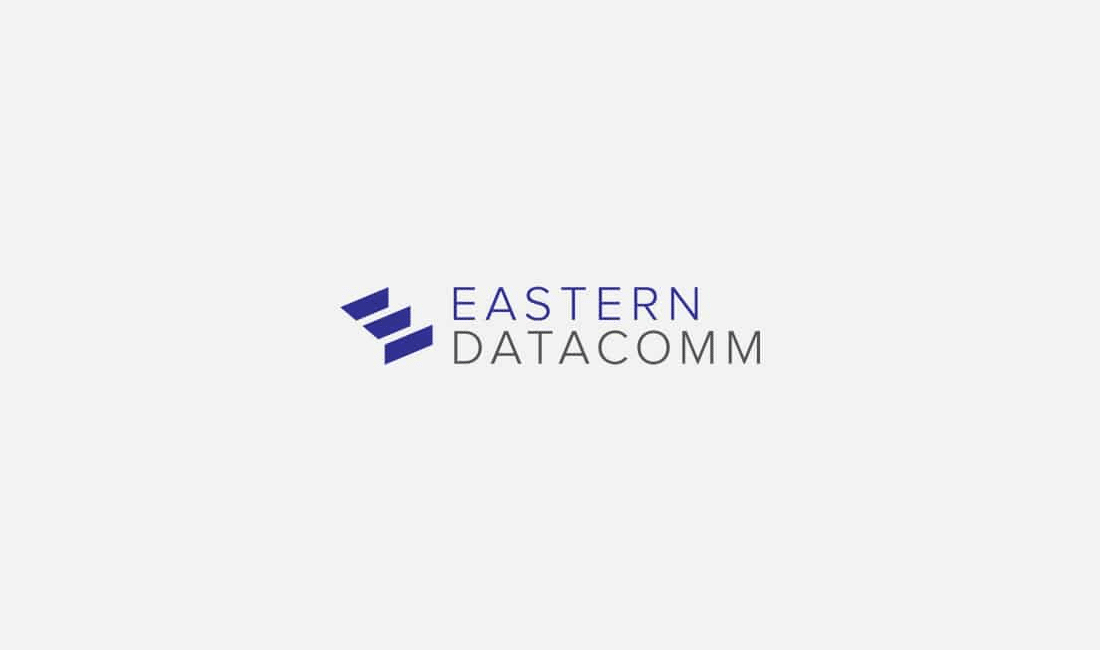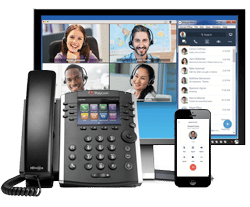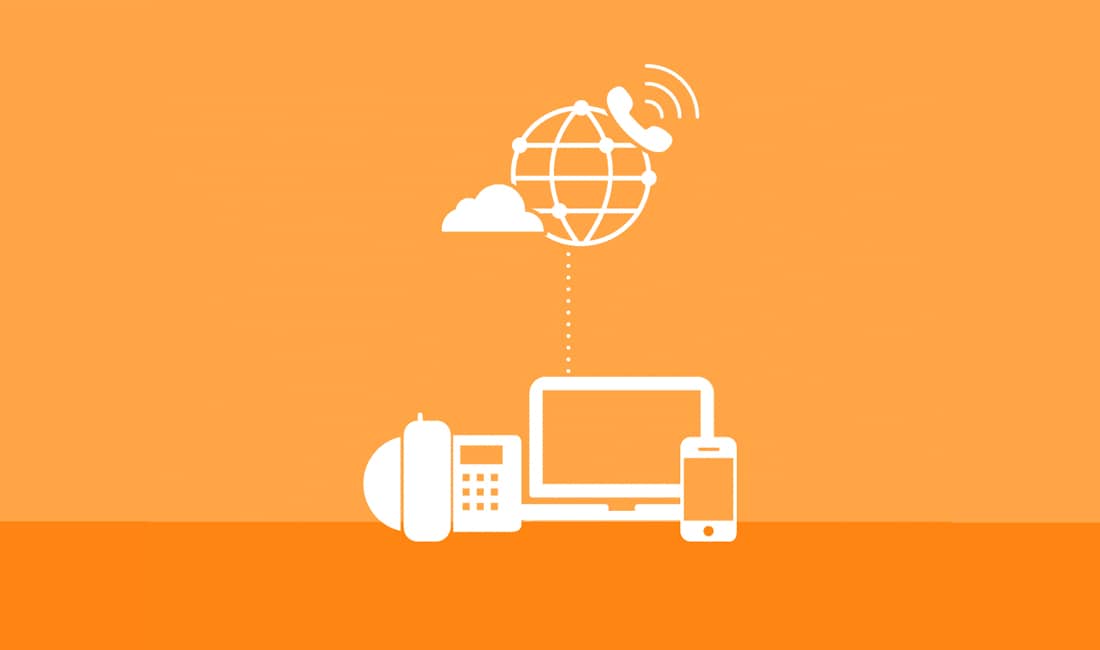Empowering Schools With Insight That Helps Protect Their Communities
With the Parkland school shooting trial making headlines and the memory of the recent Uvalde, Texas, shooting in mind, there’s no more pressing a time than now to focus on school district campus-wide safety protocols.
At Eastern DataComm, we’re as committed as ever to empowering school districts across the country to take proactive steps in protecting their school communities, with the goal of preventing incidents like those named above and a long list of others from ever happening again. Responding effectively and swiftly should these potentially devastating events transpire is the absolute best way to mitigate damage and loss of life.
For this reason, our team will be traveling near and far this fall to host an educational seminar series called What Schools Must Do to Prepare for a Lockdown or an Active Shooter Event. We’ll be visiting a number of towns in New Jersey and Connecticut, doing our part to share this valuable information with school officials. We’ll continue to expand our footprint with these educational opportunities, so stay tuned for when our team will be in a town near you.
Today, we’d like to share a preview of those presentations with you so you know what is in store for our attendees with the hopes that you’ll be joining us in the upcoming weeks.
What We’ll Cover In Our Upcoming Seminars
Our presentation is engineered to support K–12 Superintendents and Business Administrators, School Safety and Security Professionals, School District IT Professionals, Higher Education Administrators, and those entrusted with ensuring the safety of school district students, faculty, and staff within your district.
What Schools Must Do to Prepare for a Lockdown or an Active Shooter Event is a workshop designed to assist school leaders in understanding how they can leverage technology to create safer schools inside and out.
In addition to detailing the key elements of school safety ecosystems and the challenges schools face when dealing with active threats, we’ll share insight on how emergency notification solutions, access control systems, video surveillance systems, and multi-line VoIP phone systems can help schools effectively respond to emergencies like active shooter incidents. We’ll share what other districts have done to successfully improve safety within their schools so that attendees can benefit from real-world experiences that others in their field have faced.
We’ll define the 3 principles every emergency notification solution needs to address to be effective in a crisis and why recent legislation and guidelines may fall short of thoroughly preparing schools for a lockdown or active shooter event. Seeing is believing. We’ll provide a live demonstration of Eastern DataComm’s emergency notification system and continuous monitoring service, LENS + OPTICS, to show attendees exactly how technology can and should work in their favor to help avert disaster.
Practical Insight And Interactive Feedback On Active Shooter Response
The workshop will also provide examples that explore the previous active shooter events that made national headlines. Our presenter, Eastern DataComm’s School Safety Advisor, Paul Jenne, will breakdown how these events unfolded and provide practical solutions to address the failure points that led to these tragic outcomes.
We’ll conclude the workshop with a discussion featuring thought leaders in education and technology, along with an audience Q&A. We encourage all of our attendees to come prepared with lots of questions for our team of experts to answer.
In addition to the vital information we shared last year, we’ll be discussing the recent shootings that made headlines, and how a comprehensive system to effectively respond to such events includes technology solutions like emergency notification, phone systems, paging, video surveillance, and access control.
If you attended last year’s seminar, there is certainly more to be learned and new ground to cover. With the content entirely refreshed for a new school year, we’re looking forward to seeing both new and familiar faces in the crowd.
We’ll also tackle some of our most-asked school safety questions we’ve heard from educators across the nation. Some of those queries include:
- How do we ensure notifications cover the entire property in an urban environment or an open campus environment?
- What if your campus does not have an overhead intercom system?
- How can you send an emergency announcement from outside the building?
- Do all VoIP systems work with e-911?
- If budget is limited, and a school needs to prioritize which aspects of safety technology they need to upgrade first, where would you recommend they start?
- Is there a way to monitor an emergency notification system to ensure it is working optimally?
A Workshop That Helps You Prepare For Moments When Every Second Counts
In an active shooter event or other emergency warranting a lockdown or shelter-in-place, every second counts. We firmly believe that when it comes to school safety, we’re all in this together.
That’s why we’re offering this presentation in a variety of locations this fall with more to come in the spring.
Our goal is to help as many schools as possible prevent devastating incidents. Though we cannot stop someone from deciding to perpetrate horrendous acts, we can and will do our best to stop them from doing the damage they intend to inflict.
Connect With Us And Join Us For The Workshop This Fall
We’d love to welcome you to one of our upcoming events. Please be sure to follow us on social media to keep apprised of the latest educational opportunities in your area. You can also check back on our Seminar page to see when and where new locations are added. Our current roster includes:
Thursday, October 6 – Maggiano’s of Hackensack, NJ
Tuesday, October 11 – Hartford, CT Marriott
Wednesday, October 12 – Stamford, CT Marriott
Tuesday, October 18 – Maggiano’s of Cherry Hill, NJ
Wednesday, October 19 – Maggiano’s of Bridgewater, NJ
Ready to explore the best ways to keep your school or district safe this fall before our seminars commence? Contact us here to schedule a Complimentary School Safety Consultation.
















